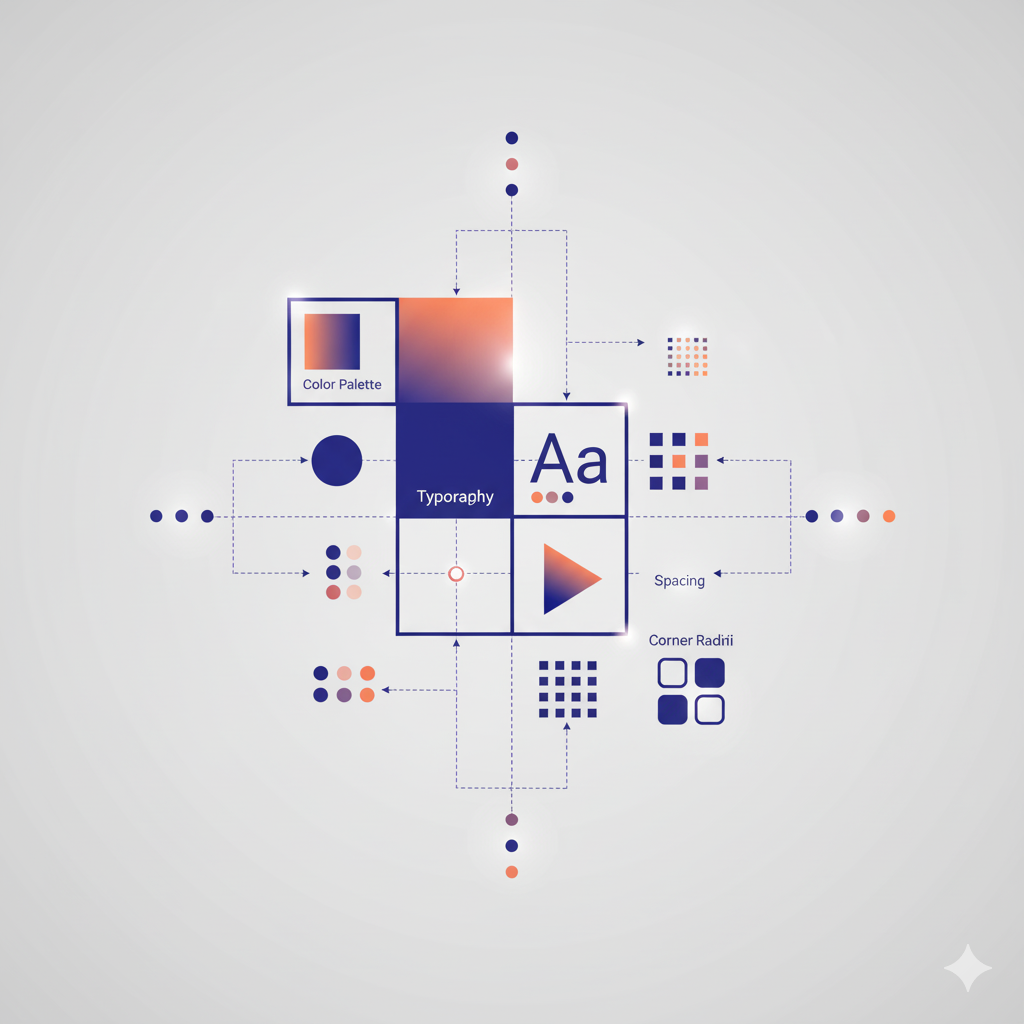Design System Trends That Are Actually Worth Following in 2025
Lorem ipsum dolor sit amet, consectetur adipiscing elit. Sed do eiusmod tempor incididunt ut labore et dolore magna aliqua. Ut enim ad minim veniam, quis nostrud exercitation ullamco laboris. Lorem ipsum dolor sit amet, consectetur adipiscing elit. Sed do eiusmod tempor incididunt ut labore et dolore magna aliqua. Ut enim ad minim veniam, quis nostrud exercitation ullamco laboris.
 Suryanshu Rai
Suryanshu Rai
Every week, there’s a new “revolutionary” approach to design systems. Atomic design is dead, they say. Everything should be headless. Design tokens are the future. But after working with dozens of design systems across different team sizes and industries, I’ve learned to separate the genuinely useful trends from the ones that create more problems than they solve.

Let me break down what’s actually working in 2025 and what you should ignore.
The Overhyped: Trends That Sound Great but Fall Apart in Practice
1. “Everything Must Be Tokenized”
The trend of tokenizing every single design decision has reached absurd levels. I’ve seen design systems with tokens for button-hover-shadow-opacity-secondary-mobile and wonder why teams can't ship faster.
Reality check: Most teams need 20–30 core tokens, not 200–300. Over-tokenization creates decision paralysis and maintenance nightmares.
2. Micro-Components for Everything
Breaking every UI element into the smallest possible components sounds efficient until you’re managing 147 different button variants across 12 different component libraries.
What actually happens: Teams spend more time maintaining components than building features. The cognitive load becomes unbearable.
3. “Headless Everything”
Separating logic from presentation is valuable, but the headless component trend has gone too far. Not every dropdown needs to be an unstyled, completely customizable abstraction.
The problem: Headless components shift complexity from the system maintainers to every implementer. Junior developers struggle, velocity drops.
The Genuinely Useful: Trends That Solve Real Problems
1. Contextual Component Variants
Instead of creating 50 button types, smart teams are building variants that adapt to their context automatically.
